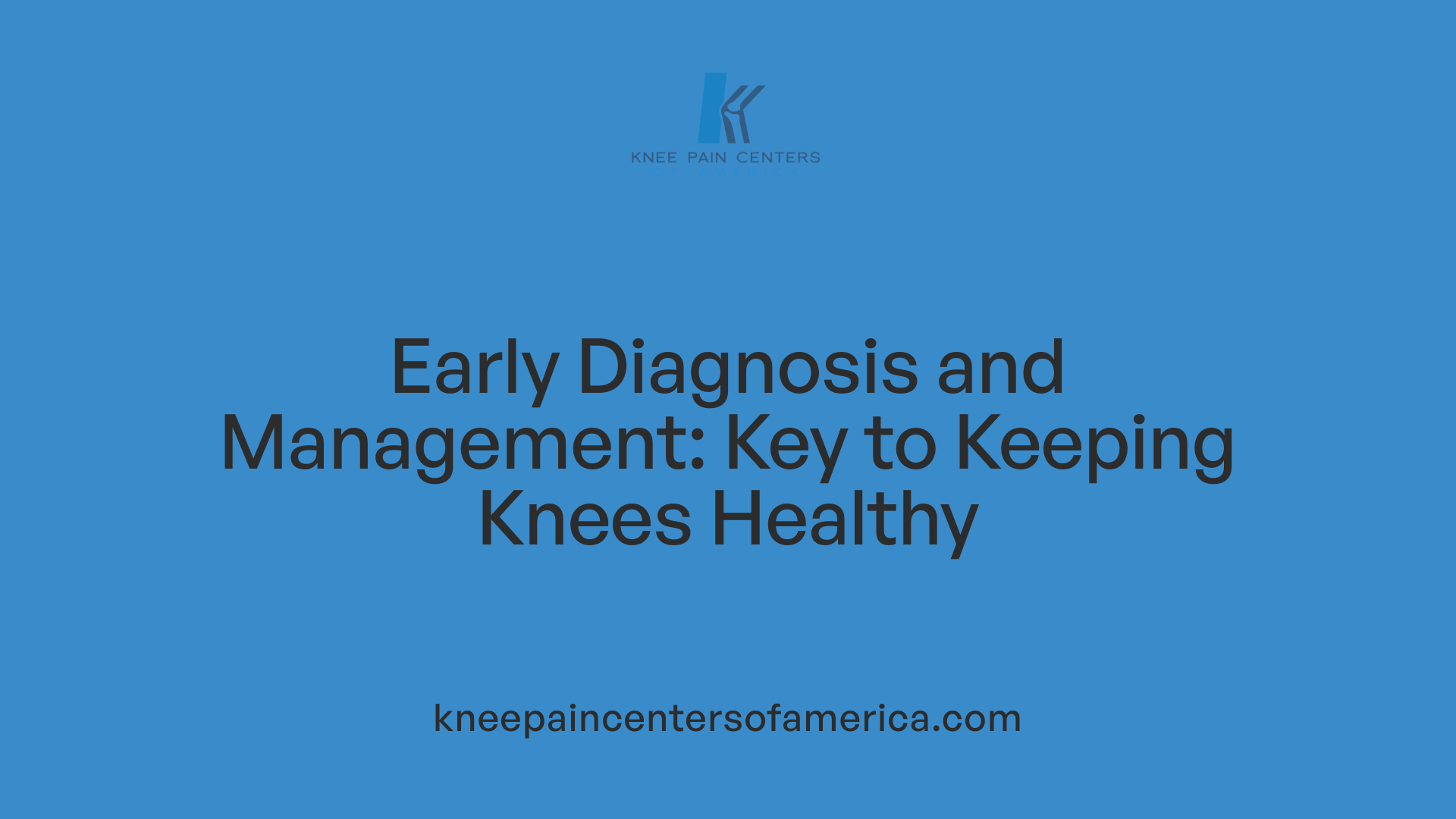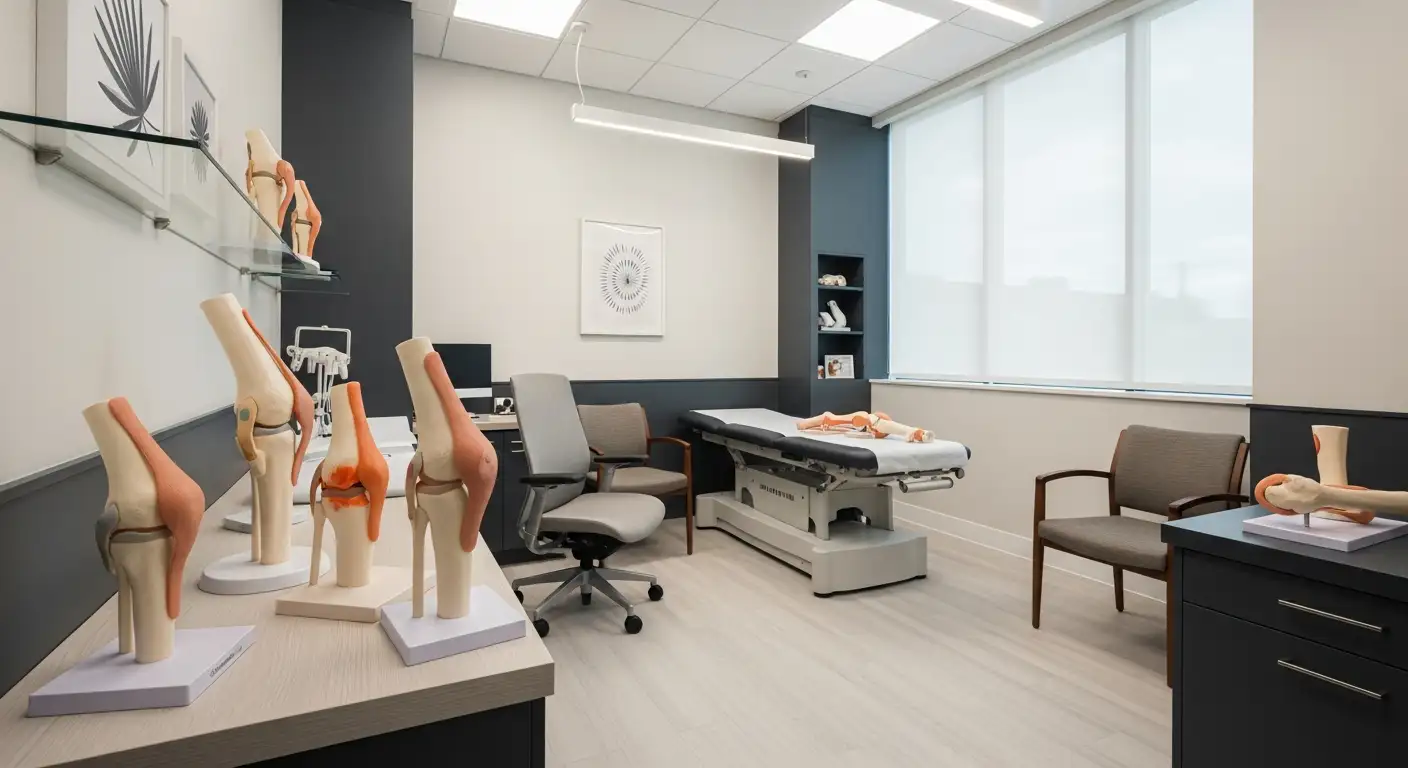Introduction to Sharp Knee Pain
Sharp shooting pain in the knee is a common and often alarming symptom that can arise from various causes, ranging from acute injuries to chronic conditions. Recognizing the nature, symptoms, and potential underlying issues is essential for effective management and treatment. This article explores the causes, symptoms, diagnosis, and treatment options for sharp knee pain, providing comprehensive insights to help individuals seek appropriate care and relief.
The Nature and Characteristics of Knee Pain

What should I know about the nature and characteristics of knee pain?
Knee pain can manifest in various ways, differing in intensity, location, and sensation. It may be sharp, stabbing, dull, burning, or throbbing, and can be accompanied by other symptoms such as swelling, redness, stiffness, warmth, and instability. The specific location of the pain—whether in the front, back, inner, or outer part of the knee—can offer clues to its origin. For example, pain behind the knee might be due to muscle strain or a Baker’s cyst, while pain around the kneecap often relates to patellofemoral pain syndrome.
Understanding the cause is crucial, as acute injuries like ligament tears, fractures, or dislocations tend to produce sudden, intense pain. In contrast, chronic conditions such as osteoarthritis, rheumatoid arthritis, or gout may cause persistent or intermittent discomfort over time. These conditions often involve joint inflammation and can worsen with activity or overuse.
Additional symptoms that accompany knee pain include difficulty bending or straightening the joint, popping or clicking sounds, locking sensations, and instability. These signs may indicate underlying issues like meniscus tears, ligament injuries, or loose bodies. Accurate diagnosis by a healthcare provider is essential for effective treatment.
Treatment strategies vary based on severity and cause. Conservative approaches include rest, ice application (RICE), anti-inflammatory medications, and physical therapy aimed at strengthening muscles around the knee. In more severe cases, surgical options such as arthroscopy or joint replacement may be necessary. Early assessment and tailored management are important to prevent further damage and restore knee function.
Common Symptoms Associated with Sharp Knee Pain
Sharp knee pain often manifests suddenly, especially after trauma or vigorous activity. Typical signs include:
- Intense, localized pain during injury
- Swelling and redness
- Warmth around the joint
- A popping or crunching sensation
- Inability to bear weight or straighten the knee
- Feeling of instability or buckling
- Locking or catching during movement
If symptoms worsen or are accompanied by fever, significant swelling, deformity, or inability to move the joint, immediate medical evaluation is recommended. Persistent sharp pain warrants professional assessment to determine whether there is a serious injury like a ligament tear or fracture.
What are the common causes of sharp knee pain?
Sharp knee pain can stem from various causes, including:
- Ligament tears (such as ACL, PCL injuries)
- Meniscus tears
- Fractures or broken bones
- Dislocated kneecap
- Tendinitis, including jumper’s or runner’s knee
- Bursitis
- Cartilage damage
- Arthritis types (osteoarthritis, rheumatoid arthritis, gout)
- Mechanical issues like loose bodies or Baker’s cysts
- Overuse or sudden trauma
- Nerve irritations and pinched nerves
These conditions often result from sports injuries, falls, or repetitive stress. Understanding the specific cause helps guide appropriate treatment.
What are the treatment options for sharp knee pain?
Managing sharp knee pain involves a range of interventions based on the diagnosis:
- Initial self-care using RICE (rest, ice, compression, elevation)
- Non-steroidal anti-inflammatory drugs (NSAIDs) like ibuprofen
- Physical therapy exercises to strengthen surrounding muscles and improve flexibility
- Supportive knee braces or orthotics to reduce stress on the joint
- Injections such as corticosteroids, hyaluronic acid, or platelet-rich plasma for inflammation
- lifestyle modifications including weight management and activity adjustments
For injuries like ligament tears or cartilage damage that do not respond to conservative care, surgical options including arthroscopy or joint replacement may be necessary. Consulting a healthcare professional for personalized diagnosis and treatment planning is essential.
How can knee pain be managed effectively?
Effective management combines several strategies:
- Activity modification: avoiding high-impact or painful movements
- Applying ice to reduce swelling and pain
- Using medications as recommended by a healthcare provider
- Engaging in targeted physical therapy to restore range of motion and strengthen supportive muscles
- Wearing knee supports or braces to stabilize the joint
- Considering minimally invasive procedures such as injections or hydrodissection therapy, like the RELIEF® approach which targets dysfunctional fascia around tendons
- Making lifestyle changes such as maintaining a healthy weight and warming up properly before exercise
Persistent or severe pain warrants prompt medical consultation to explore advanced treatments or surgical options. Early intervention can prevent progression and improve long-term knee health.
What are some educational resources to learn about knee injuries and conditions?
To deepen understanding of knee issues, trusted sources such as Mayo Clinic, WebMD, and Johns Hopkins Medicine offer comprehensive information. These resources provide insights into:
- Anatomy and function of the knee
- Common injuries and conditions (ligament tears, meniscus injuries, bursitis, arthritis)
- Symptoms and signs to watch for
- Diagnostic procedures like imaging and physical exams
- Treatment options ranging from conservative management to surgery
- Prevention tips and rehabilitation strategies
Accessing these educational materials can help individuals recognize symptoms early and seek appropriate care, enhancing recovery outcomes.
Final Thoughts on Managing Knee Pain Effectively
Understanding the wide range of potential causes for sharp shooting pain in the knee is crucial for effective treatment and management. Accurate diagnosis by medical professionals can help identify whether the pain stems from acute injuries, chronic conditions, or mechanical issues. Implementing appropriate treatment strategies—ranging from home remedies and physical therapy to surgical options—can significantly improve quality of life. Educating oneself about knee health, engaging in preventative measures, and seeking timely medical advice are vital steps in managing knee pain and maintaining joint function long-term.
References
- Sharp Knee Pain: Identifying Causes and Relief
- Sharp Pain in Kneecaps: Understanding 5 Likely Causes
- I have a sharp, stabbing pain in my knee that comes and goes
- Why Sharp Stabbing Pain in Your Knee Comes and Goes
- Knee Pain Conditions, Causes, Symptoms, Treatments - HSS
- 5 Reasons Why Sharp Stabbing Pain in That Knee Comes and Goes
- How to Deal with Sharp Stabbing Pain in the Knee | Relief Now
- Knee pain - Symptoms and causes - Mayo Clinic
- Knee Pain: Causes & Treatment - Cleveland Clinic





